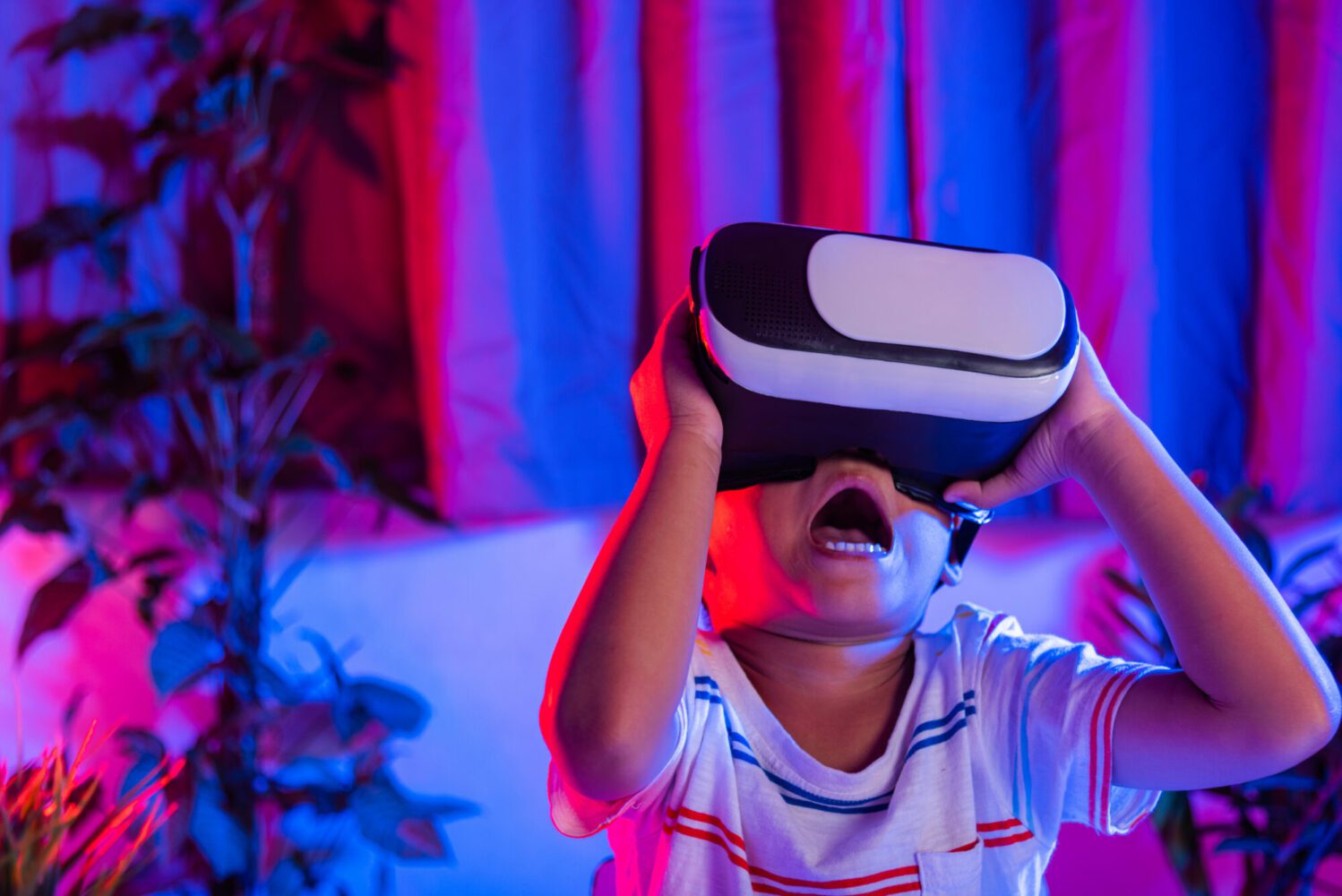Dubai’s Progression: From Conventional Catwalks to Virtual Realities

Imagine with me for a moment – it’s the early 2000s, you are dazzled by shimmering gowns and the newest fashion trends under the blazing spotlights of the Dubai Fashion Week. The almost palpable tension backstage, the flurry of last-minute retouching, and the anticipatory whispers of a crowd that can’t wait for the show to begin. Does it ring a bell? Well, welcome to the golden era of traditional modeling. But let me just ask – would you have ever guessed how drastically the winds of change would sweep us to a whole new landscape?
Fast-forward to the present day, a spectacle of a whole other nature unfolds in Dubai. Digital avatars walk virtual runways showcasing flamboyant designs in immersive settings. The amalgamation of design and technology has undeniably created an unprecedented modeling business innovation. Enter the era of Virtual Reality (VR) and Augmented Reality (AR) – game-changers for the fashion industry.
Transforming the Runway: A Virtual Revolution
The harmony of fashion and technology has harnessed the opportunities presented by emerging trends. This whirlwind of innovation has sparked a silent, yet formidable, revolution – the switch from physical to virtual catwalks. Gone are the days of traditional runways, replaced by the immersive experiences of the ‘Metaverse’. Here, in these virtually constructed realities, fashion shows aren’t dictated by geographical boundaries or confined to physical parameters.
But what makes these virtual runways more than just a fleeting trend? Conventional wisdom might argue for the irreplaceable allure of physical fashion shows. The tangible, the real, the human-to-human connection. Yet, there’s an evolving narrative that’s beginning to swing the pendulum. Virtual platforms offer unprecedented opportunities – from environmental sustainability to unique consumer engagement, and broader accessibility.
‘Imagine hundreds of people across the globe, logging in to witness a virtual runway. The latest fashion trends unfolded in a simulated reality of their choice. Heavenly skies? Futuristic cities? The possibilities are endless!’
The Role of AR in Redefining Consumer Experience
While VR is storming the runway, Augmented Reality (AR) makes a splash by enhancing consumer interactions and experiences. AR blurs the line between a digital display and our surroundings by overlaying virtual elements onto our real-world view. This poses an immense possibility for fashion businesses. The integration of AR can significantly enrich the customer journey, offering personalized experiences that weren’t thought possible in the past.
Consider this – you’re shopping online for a dress, but you’re unsure how it might look on you. Enter AR – now, you can see a virtual version of yourself wearing the dress, transforming online shopping into a more interactive and personalized experience. This kind of innovation takes ‘try before you buy’ to a whole new level, doesn’t it?
Embracing the Future
The landscape of Dubai’s modeling business is being reshaped by these tech-driven tendencies. VR and AR have created a paradigm shift from the traditional understanding of the fashion industry into an environment that’s immersive and interactive. Advancements in technology have allowed us to push the boundaries of what’s possible in design, presentation, and consumer engagement. Embracing these technologies is no longer an option; it’s a necessity for staying relevant in this ever-evolving industry.
As we stand at the precipice of this hybrid reality, one must wonder: what does the future hold for the fashion and modeling industry? Are we ready to adapt and evolve? As we navigate this exciting voyage, it’s clear that technology is not just the future – it’s the present, fundamental to shaping the fashion and modeling industry’s progression.